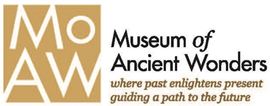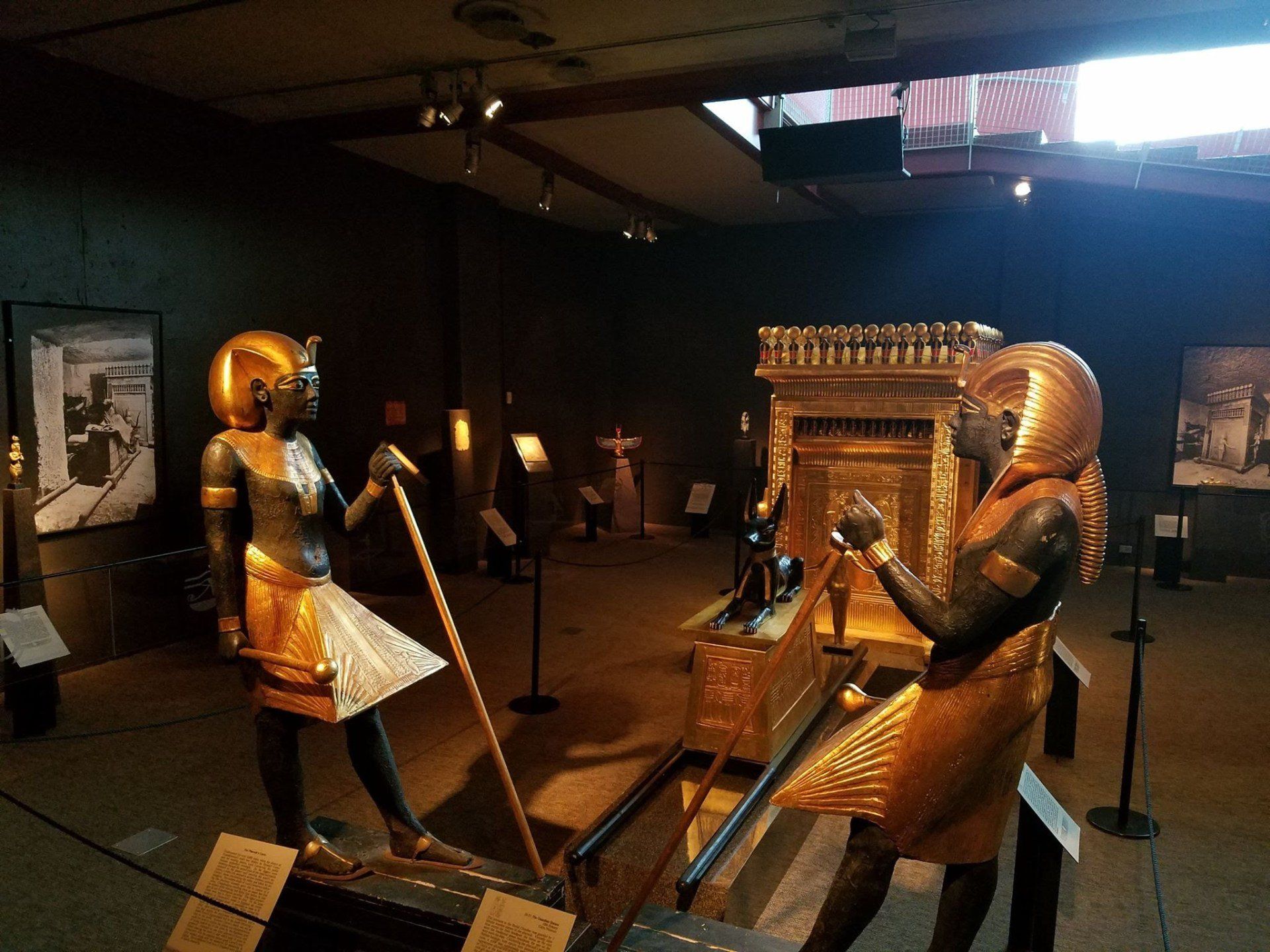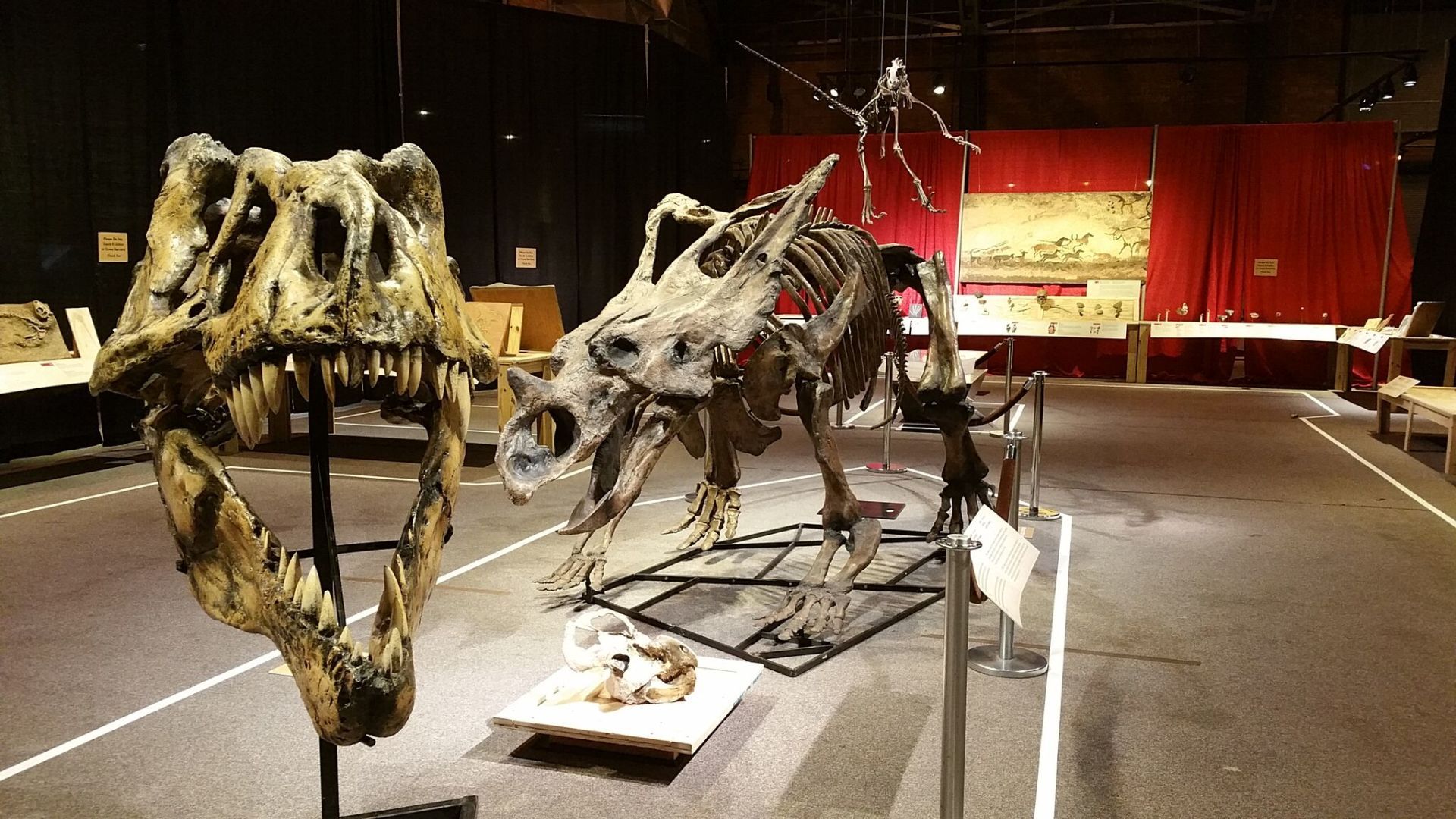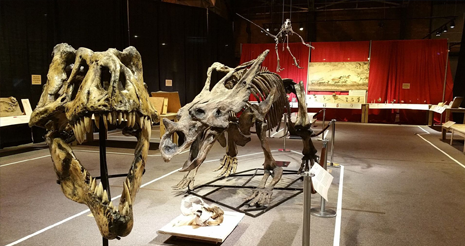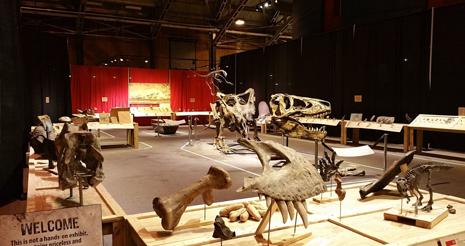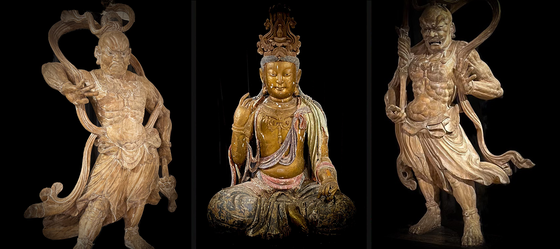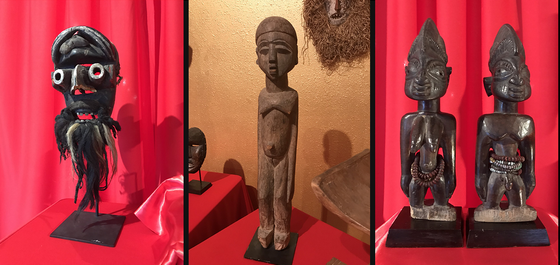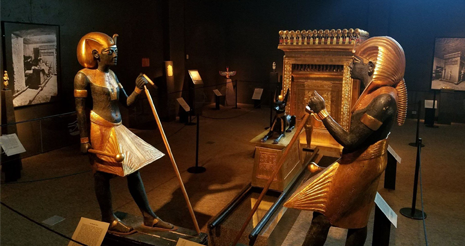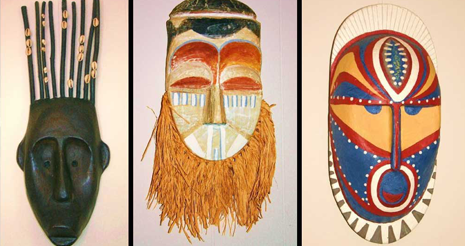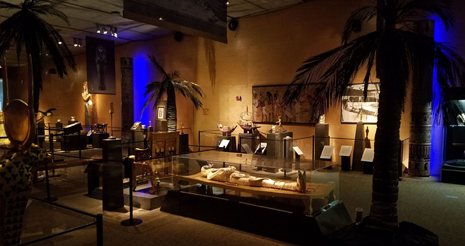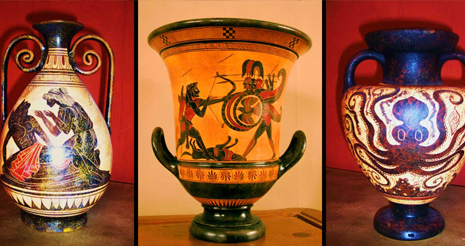MoAW is currently closed with plans to reopen in a larger space to show more of our collections. Please check back for more information on this exciting move, sign up for our newsletter to learn more about our collections and our plans for the future, or to learn how your donations can help us with the move. Thank you.
PO Box 5462, Palm Springs, CA 92263, (442) 268-5004
Paleo: The Story Of Life
From the dawn of the Age of Dinosaurs to the last of their kind, these laboratory fossil casts of legendary discoveries guide us through the Triassic, Jurassic and Cretaceous periods known as the Mesozoic Era. Gathered from more than 30 museums world wide, the collection includes fully-mounted dinosaurs, skulls, teeth, claws and eggs displayed in geological, chronological order to illustrate the awesome story of the evolution of dinosaurs to their ultimate extinction.
Read more
Learn More
Exhibit Reviews
“This exhibit tells the incredible story of how planet Earth - which began as a collection of star dust - became a dynamic planet harboring all necessary conditions for incubating, nurturing, and protecting life.”
Peter Plumley
Chief Program Officer
Milton J. Rubenstein Museum of Science and Technology
All Under Heaven
This diverse collection of 50 Asian antiquities (3,600 BCE to the mid-1800 CE) is divided into three sections: Earthly possessions, objects used by the living, the temple icons of Buddha and Shiva (Heaven), and funerary goods, objects found in the tombs of the elite (the Afterlife). Representing China, Japan, and the nations of Southeast Asia, these artifacts are seen together for the first time as a comprehensive collection of artifacts from the ancient world.
Read more
Learn More
Behind The Masks
From a Nok terracotta head of 100 C.E. (Current Era) to the beginning of the 19th Century, this diverse collection of masks and sculpture celebrates the ancient tradition of ritual and mysticism from time immemorial. These once used sacred and revered objects are honored and beloved in addition to being feared.
Read more
Learn More
TUTANKHAMUN: "Wonderful Things"THIS EXHIBIT IS CURRENTLY ON TOUR
From the artisans of the Pharaonic Village in Egypt, this dazzling collection of reproductions of Tutankhamun’s legendary treasures recreates the richest archaeological find of all time. Accompanied by a lively text, 124 replicas of the pharaoh’s sacred and personal possessions (including his magnificent state chariot, golden shrines, beds, thrones, jewelry, spectacular funerary mask, mummy case, and royal mummy) along with associated artifacts from the period surrounding Tutankhamun’s reign reconstruct both the historic discovery of the tomb by Howard Carter and the life and times of Egypt’s celebrated boy king. This classic exhibition vividly brings to life the enigmatic opulent age of 18th Dynasty Egypt.
Read more
Learn More
Faces of Africa THIS EXHIBIT IS CURRENTLY ON TOUR
View 38 authentic reproductions, which include ancient masks, murals, and sculptures that celebrate 3,500 years of African tribal art and traditions. From Ancient Nok heads to spectacular masks of Dogon dances and contemporary South African murals, the popular faces of Africa is an intimate and mystical view of tribal heritage.
Read more
Learn More
Exhibit Reviews
“Tutankhamun is among the highest quality exhibits we’ve ever had. We’re delighted to offer visitors the closest possible encounter outside of Egypt with the fascinating history of Tutankhamun. These high-grade replicas are extremely detailed and are exact copies of the originals that will no longer be leaving Egypt.”
Michael Stafford
Director of Cranbrook Institute of Science
Vessels of the Gods THIS EXHIBIT IS CURRENTLY ON TOUR
Take a look at 42 individual vessels, shaped and painted by hand by the master artists in Greece. Reflecting the brilliance of a millennium of ancient Aegean culture, four distinct periods produced the designs of these vases: Minoan, Mycenaean, Corinthian, Attic. Essentially consisting of silhouetted figures drawn against a background of red, black, or white, this art form gradually dies out after the Persian wars, c. 475-450 B.C.
Read more
Learn More

